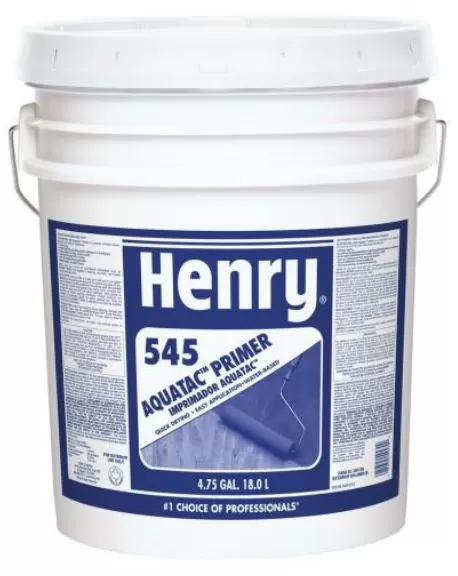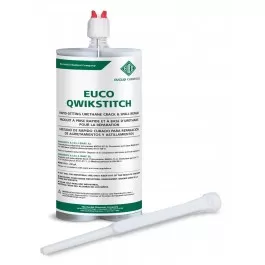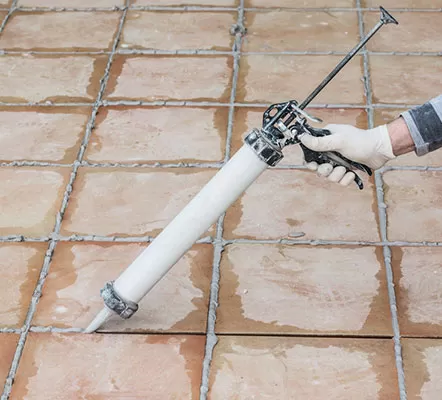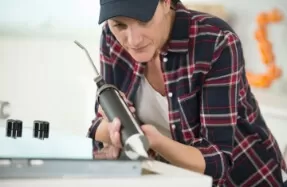Blog
An Overview Of EPDM Lap Sealant
EPDM lap sealant is a versatile, efficient, and cost-effective way to seal and protect various surfaces. This blog will discuss the benefits of using EPDM sealant, the types of surfaces it can be used on, and how to apply it properly.
EPDM Sealant: An Overview
EPDM sealant is used for sealing joints and seams on roofs, walls, and other surfaces. This type of sealant has been used for decades and is one of the most reliable and cost-effective. It is made of an elastomeric compound of ethylene propylene diene monomer (EPDM), a synthetic rubber highly resistant to weathering, ultraviolet radiation, ozone, and temperatures ranging from -40° F to 300° F.
EPDM sealant is easy to use and can be applied by brush, roller, or spray. It is also highly adhesive and can be applied to various surfaces, including wood, concrete, metal, asphalt, and more. It is also highly flexible, so it can bridge gaps, shrink and expand with the surface it is applied to, and even be used as a flashing membrane. EPDM sealant can also be used as a liquid membrane for waterproofing applications, as it is highly resistant to water and other liquids.
Benefits of Using EPDM sealant
It is often used in the automotive, aerospace, and construction industries. It has many benefits that make it a popular choice. Here are the seven top benefits of using EPDM sealants:
- Weather Resistant: EPDM sealant is highly resistant to the elements. It can resist UV rays, ozone, and extreme temperatures. This makes it an ideal choice for outdoor applications where the sealant will be exposed to the elements.
- Durable: EPDM sealant is incredibly durable. It is designed to withstand heavy wear and tear and won’t wear down over time. This makes it an ideal choice for applications that require a long-lasting sealant.
- Flexible: EPDM sealant is highly flexible, allowing it to fit into tight spaces and conform to irregular surfaces. This makes it suitable for a wide range of applications.
- Non-Toxic: It is non-toxic and safe to use. It contains no hazardous chemicals, making it a safe choice for various applications.
- Cost-Effective: EPDM sealant is a cost-effective choice. It is generally more affordable than other sealants, making it an excellent option for those on a budget.
- Easy to Use: It is easy to use and apply. It is available in various forms, such as liquid, tape, and sheets, making it convenient for multiple applications.
- Long-Lasting: It is designed to last for years. It can withstand extreme temperatures and other environmental conditions, making it an excellent choice for long-term applications.
Types of Surfaces EPDM Sealant Can Be Used On
EPDM sealant can be used on various surfaces, including roofs, walls, metal panels, and concrete. It is also suitable for non-porous surfaces, such as PVC and fiberglass. Additionally, it can be used to seal gaps and joints between different surfaces, providing an effective waterproofing solution.
How to Properly Apply EPDM sealant
They are cost-effective, easy to apply, and provide superior protection against water and other elements. But if you don’t apply them properly, they won’t be as effective. Here are some tips to help you properly apply EPDM sealant to your project:
- Start by Cleaning the Surface: Before applying the sealant, you’ll need to ensure the surface is clean and debris-free. Start using a putty knife to scrape away dirt or other materials. Then, use a wire brush to remove any remaining dirt or residue. Finally, use a damp cloth to remove any remaining dirt or residue.
- Prepare the Surface for Sealant: Once the surface is clean and debris-free, you must prepare it for the sealant. Start by spraying the area with a solvent-based cleaner like mineral spirits. Then, allow the area to dry completely before applying a sealant.
- Use a Caulking Gun to Apply the Sealant– To make your work easier, use a caulking gun when applying the sealant. Open the tube and snip off at a 45-degree angle. Then press the material firmly toward the surface area. Apply the sealant in a smooth, even layer. Make sure to overlap the sealant with the surrounding surfaces. Once done, use a putty knife to smooth out any bumps or edges.
- Allow the Sealant to Cure: Once the sealant is applied, you must allow it to cure. Depending on the sealant you’re using, this can take an hour to several days. Make sure to follow the manufacturer’s instructions to ensure proper curing.




